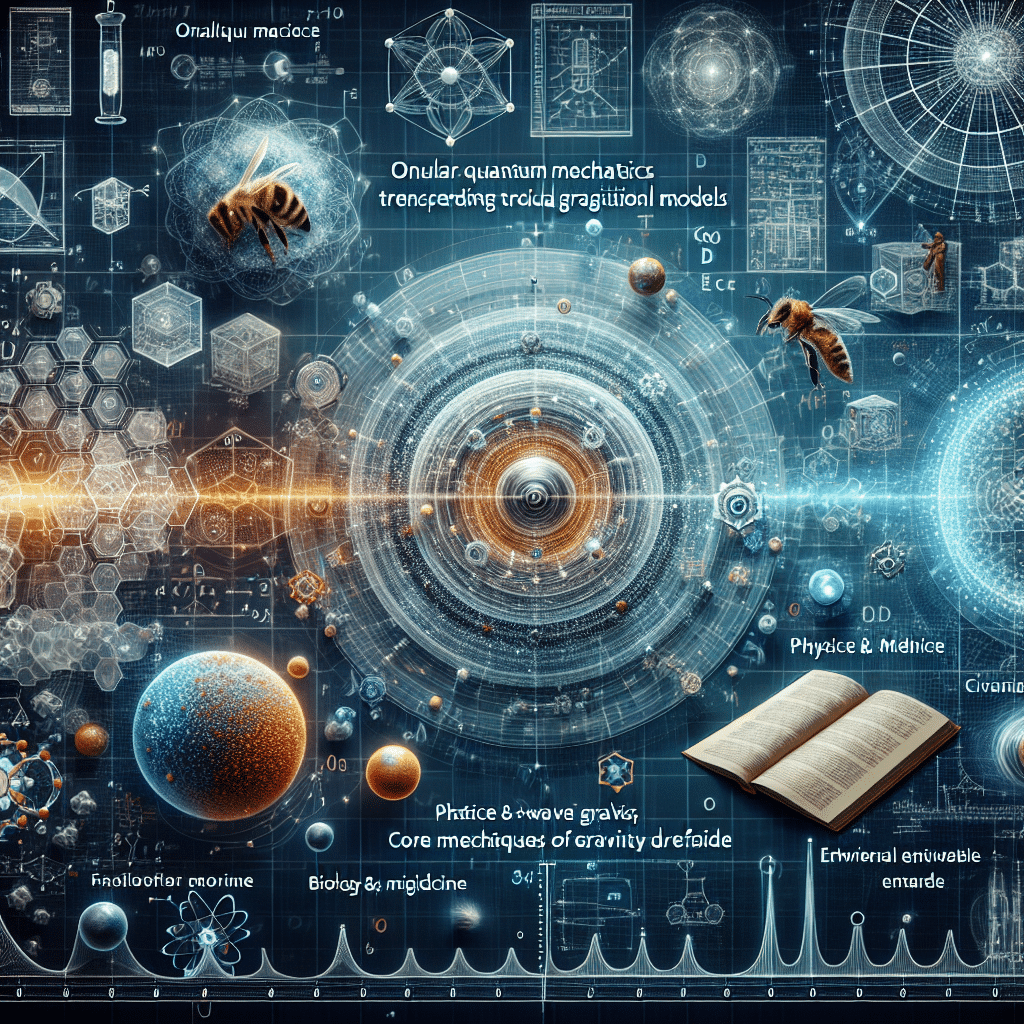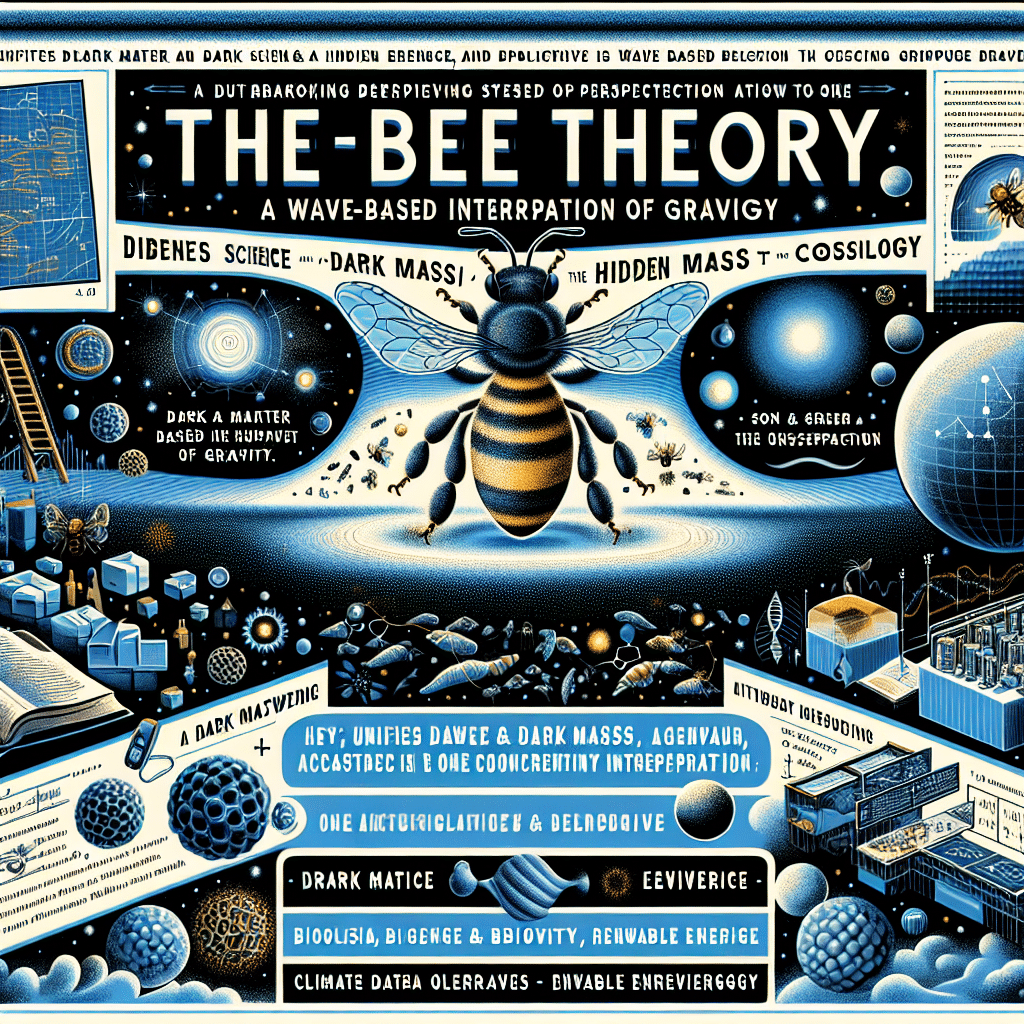Abstract
Bee Theory introduces an innovative quantum mathematical approach to gravitational phenomena, diverging from traditional gravitational models that rely on gravitons or spacetime curvature. Instead, Bee Theory leverages quantum wave functions modeled by the Schrödinger equation, presenting gravity as emerging naturally from interactions between particle-waves exhibiting exponential decay. This novel approach aims to reconcile gravitational observations across both quantum and cosmic scales.



Introduction to Bee Theory
Traditional gravitational models, notably Newtonian mechanics and Einstein’s general relativity, have profoundly shaped physics yet encounter limitations when describing gravity at quantum levels. Bee Theory addresses these limitations by proposing a quantum-wave-based interpretation of gravity. Central to this theory is the use of the Schrödinger equation applied to particle-wave functions characterized by exponential decay (-r). This framework enables a coherent explanation of gravitational phenomena without necessitating hypothetical particles such as gravitons.
Mathematical Framework of Bee Theory
Wave Functions with Exponential Decay
At the heart of Bee Theory lies the mathematical treatment of particles as waves whose amplitudes diminish exponentially with distance (-r). Such wave functions are governed by the Schrödinger equation, a cornerstone of quantum mechanics:
where represents the wave function, r the radial distance, and the potential incorporates an exponential decay term, , significantly altering interaction dynamics at quantum scales.
Interaction Modeling
Bee Theory specifically considers the interaction between pairs of these exponentially decaying wave functions. By analyzing the superposition of two such wave functions, the resulting interference patterns are interpreted as gravitational interactions. This approach does not require external mediating particles; gravity emerges naturally from statistical interactions inherent to wave mechanics.
Mathematically, the interaction of wave functions and can be represented as:
The probabilistic interference and constructive overlap regions define areas of gravitational attraction, aligning closely with observed gravitational phenomena.
Key Results and Implications
Wave-Based Gravitational Model
Bee Theory proposes gravity as an emergent property arising from quantum wave interference, removing the need for gravitons or abstract spacetime curvature. This perspective offers a unified mathematical framework capable of bridging quantum mechanics with macroscopic gravitational phenomena.
Unified Quantum-Cosmic Perspective
This wave-based model provides a robust platform to potentially unify various cosmic phenomena under a singular quantum description. The theory suggests broader implications, potentially illuminating mysteries such as dark matter, black holes, and cosmic evolution, through quantum statistical mechanisms.
Philosophical and Scientific Impact
Beyond redefining gravity, Bee Theory presents a philosophical shift towards viewing the universe as intrinsically interconnected via wave interactions. This aligns closely with ancient philosophical perspectives and reinforces modern scientific inquiries into quantum interconnectedness, consciousness, and the holistic nature of reality.
Conclusion
Bee Theory’s mathematical framework, grounded in quantum mechanics and wave interactions, offers a transformative view of gravitational forces. By interpreting gravity through wave mechanics governed by the Schrödinger equation and exponential decay, the theory establishes a coherent, integrated approach to understanding universal forces, fostering significant implications for physics, cosmology, and philosophical interpretations of interconnected existence.